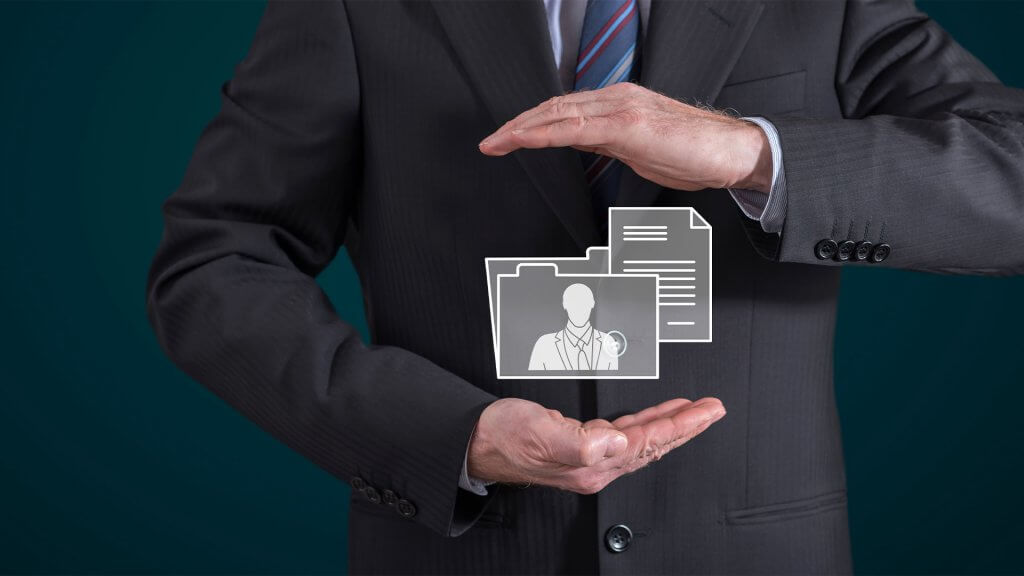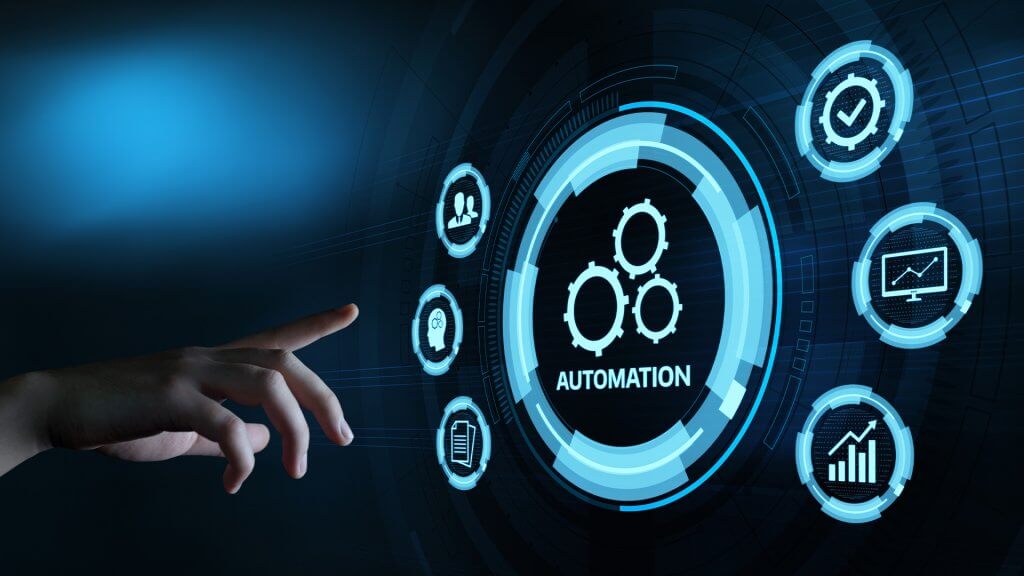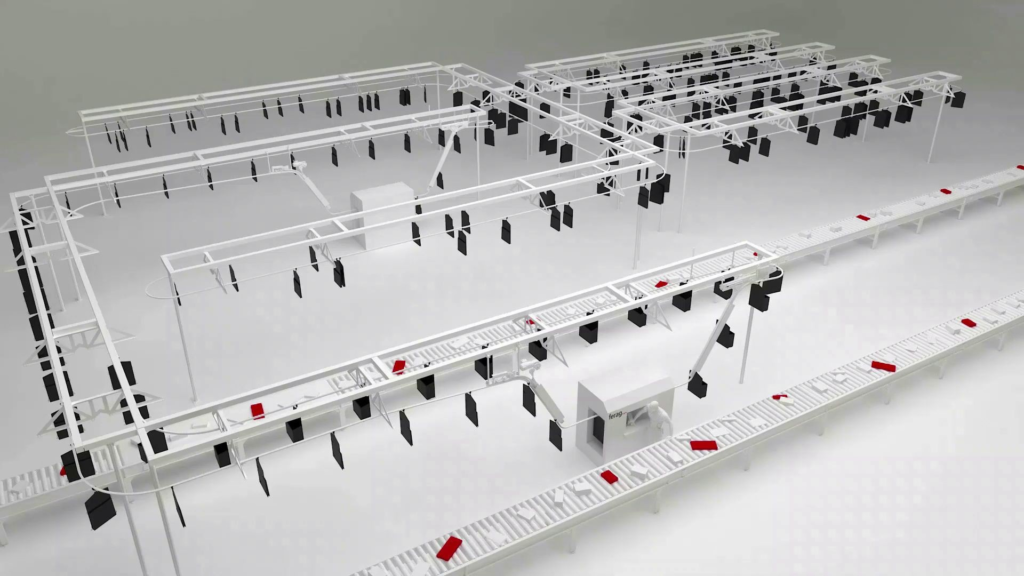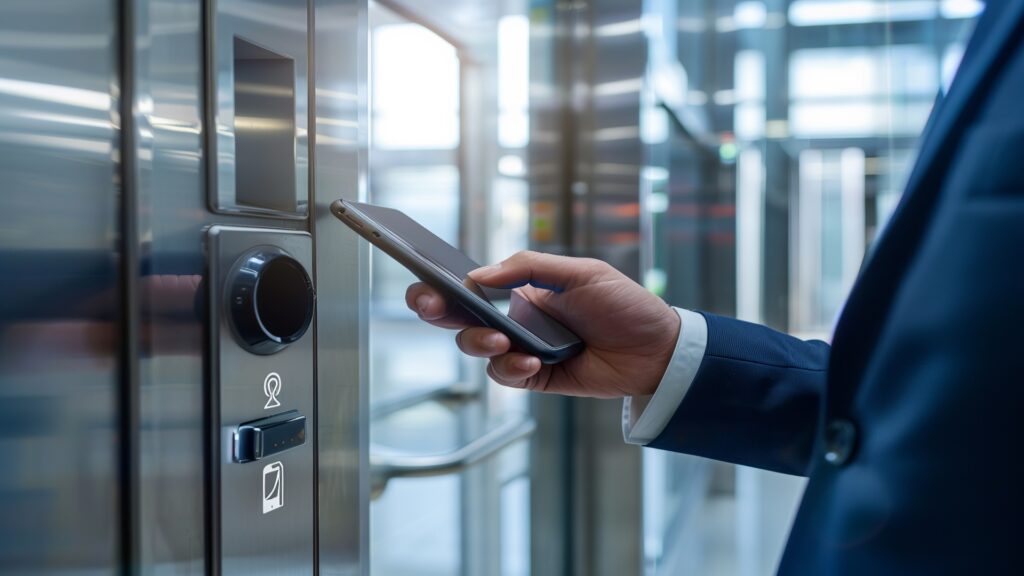Both digital and physical security concerns have to be taken into account, regardless of the size of your business or the industry you operate within.
Yet there are all sorts of organizations that either unknowingly overlook or wilfully neglect these mission-critical aspects. To avoid this happening to you, here are some of the most commonly ignored elements, and steps that can be used to sidestep the risks they pose.
Understanding the Importance of Data Encryption
Data encryption is a critical aspect of business security that gets overlooked quite often. People generally assume their online data is secure, but in reality, businesses are experiencing cyberattacks now more than ever.
The primary purpose of data encryption isn’t just to obstruct outsiders from collecting information, but to ensure that even if they do, the information will be unreadable and therefore useless.
Make it a rule within your organization to encrypt all sensitive or valuable data before transmission or storage. Also, use strong encryption standards and keep them updated alongside other system updates for optimum performance.
Focusing on this aspect alone means you can significantly boost your company’s overall cybersecurity defenses.
Addressing Physical Security
When it comes to corporate security, we sometimes forget about the physical aspect. Yes, cybersecurity is crucial right now, but physical security also needs your attention.
Your business premises hold valuable assets, whether that’s expensive equipment or important documents. These resources need protection against potential theft or damage just like your digital data does.
As part of this, enhance your building’s access control measures and consider adding surveillance systems if you haven’t already done so. Also, use alarms for unauthorized entries and make sure entrances are adequately lit. Lighting is often enough to ward off potential culprits looking for an easy target.
Adopting Email and Internet Use Policies
Your company’s electronic correspondence might be its most significant security threat. For this reason, it’s critical to establish strict email best practices and internet use policies.
This should cover training employees on safe online behaviors so that you aren’t exposed to malware infections and ransomware attacks, as well as encouraging the use of secure connections for remote workers, and regularly updating software across every connected device.
Ensuring the Security of Your Parking Lot
Securing your business isn’t just about guarding interior spaces. The safety of your parking lot is equally important, but it’s often overlooked during security audits.
Unsecured parking areas can be a hotspot for various issues, from theft to vandalism, and can present unnecessary risks to employees.
To ensure appropriate security measures are in place, consider using parking control equipment. This includes the likes of gate arms, ticket dispensers, and pay stations designed specifically for keeping parking lots safe.
Combined with good lighting and surveillance cameras, these tools will go a long way towards shielding employee vehicles as well as company property.
Prioritizing Employee Safety Measures
Employee safety is a vital aspect of any company’s security policy. Unfortunately, many organizations fail to take adequate preventative measures to ensure their staff’s well-being in case of emergencies.
This involves more than just installing the basic fire alarms or first-aid kits. Intensive training on evacuation procedures during crises should be regularly conducted. Also, set up contingency plans for unexpected situations like natural disasters, terrorist attacks or disease outbreaks where employees need clear guidance on what actions to take next.
Making employee safety a priority and having procedures already established will foster confidence among your team, and encourage them to uphold similar standards in their everyday operations.
Final Thoughts
Even if you think your business is getting the aforementioned security talking points right, it’s worth auditing your digital and physical protective measures to check that they are actually working as intended.





















